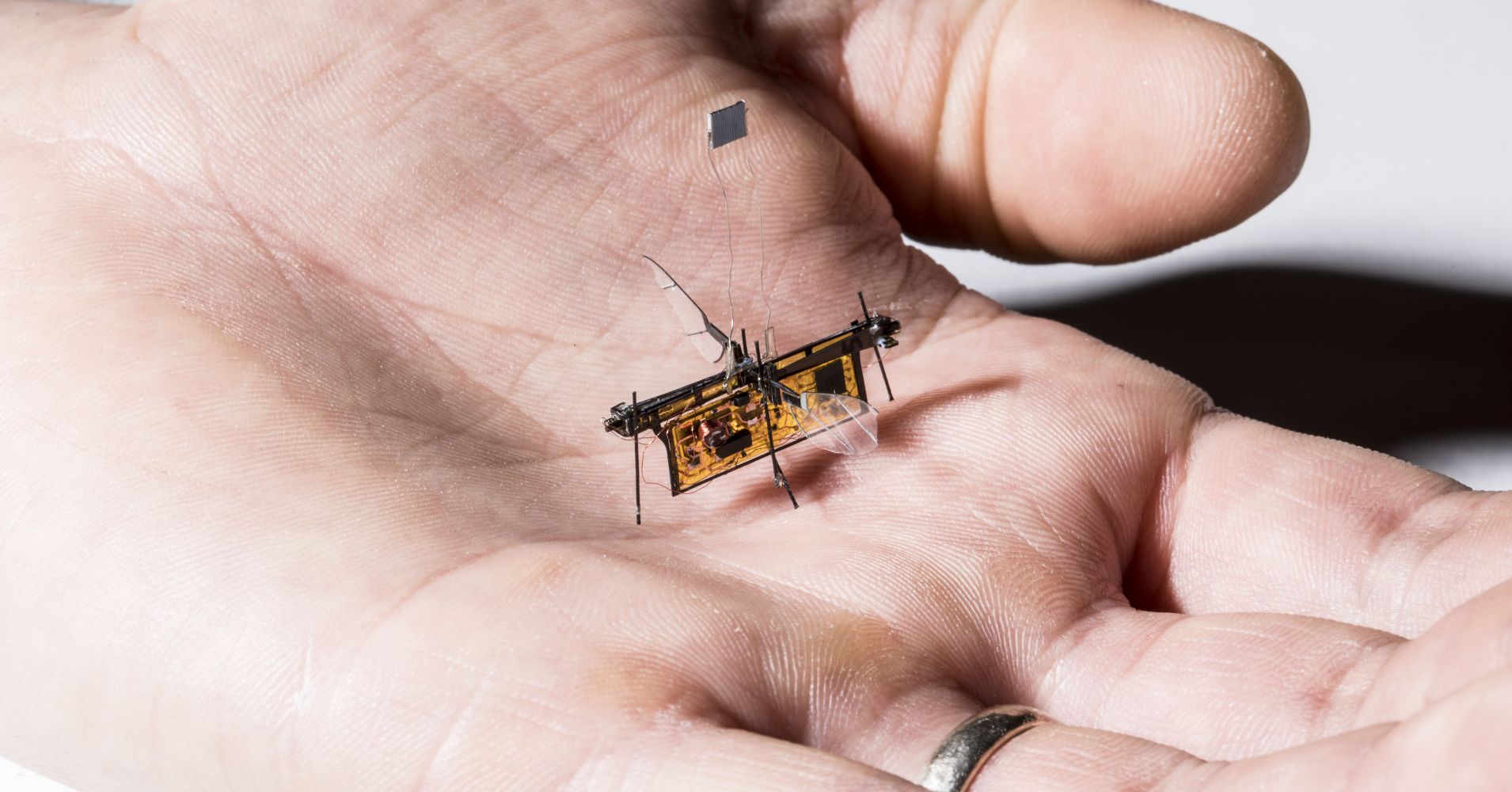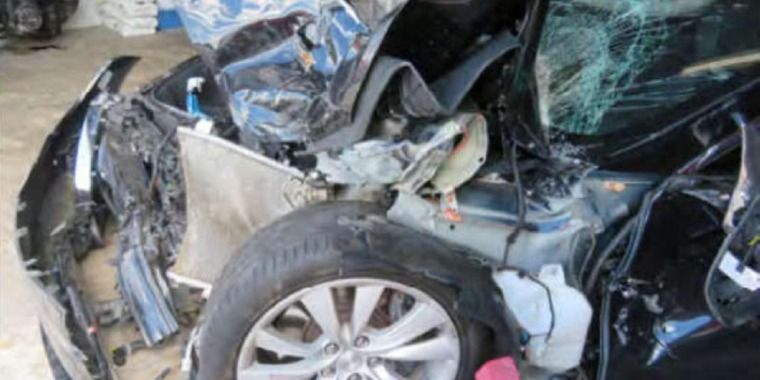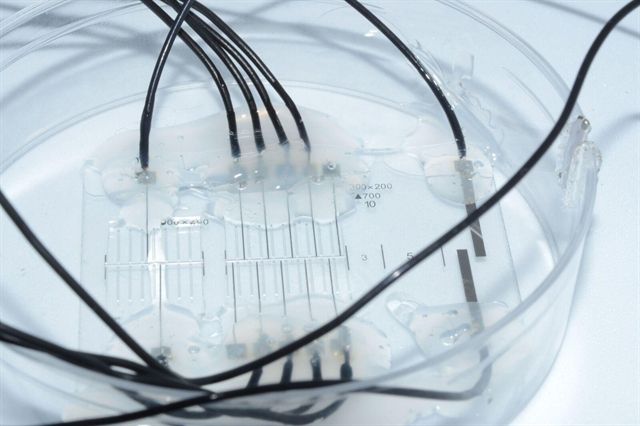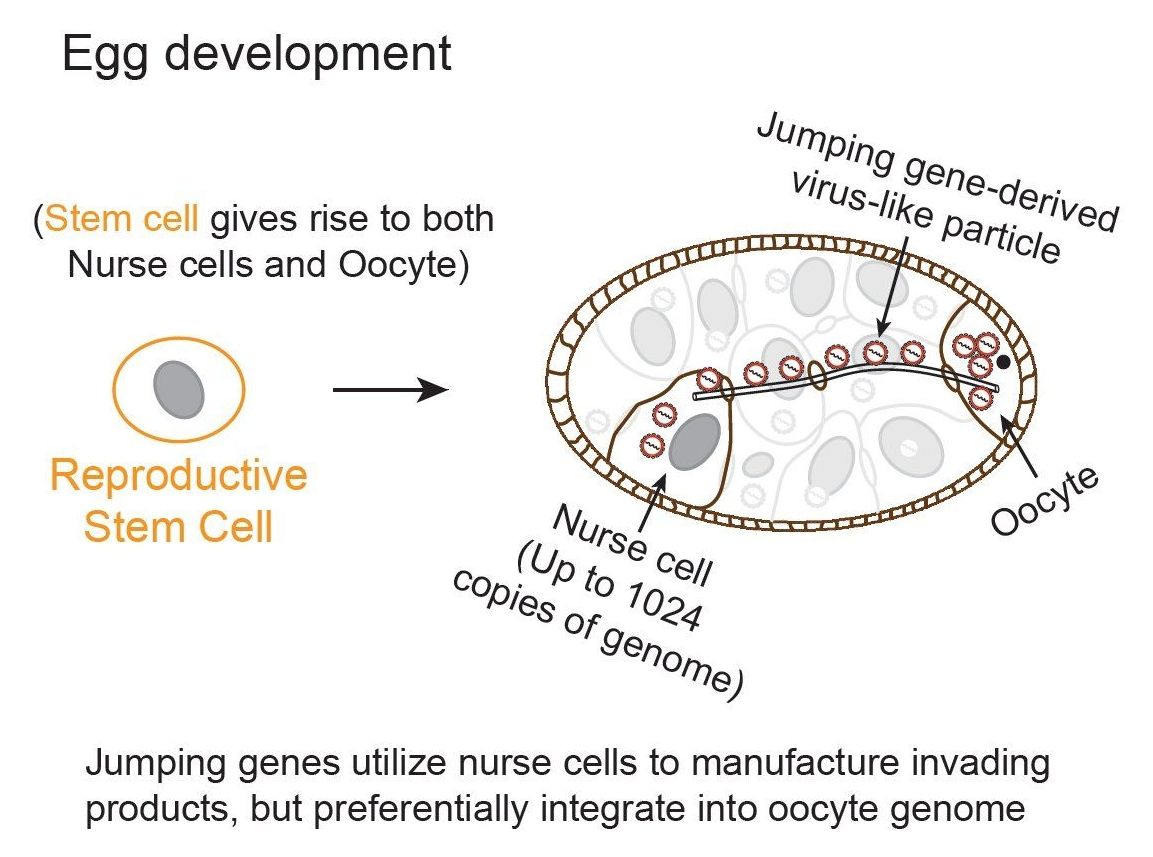Have some patience until someone takes the lead, and let’s sing some hakuna matata in the mean time.
Getting into trouble after succumbing to peer pressure isn’t just a human experience.
New research co-led by Brock University shows that a particular species of tropical, air-breathing fish that can survive for weeks on land will delay escaping from hot water if it thinks one of its peers is nearby.
Brock biologist Glenn Tattersall and Acadia University biologist Suzanne Currie studied the mangrove rivulus, a fish living in swamps from the southern U.S. to Brazil.









